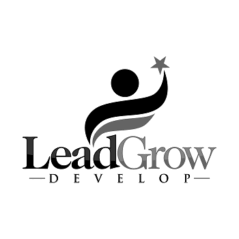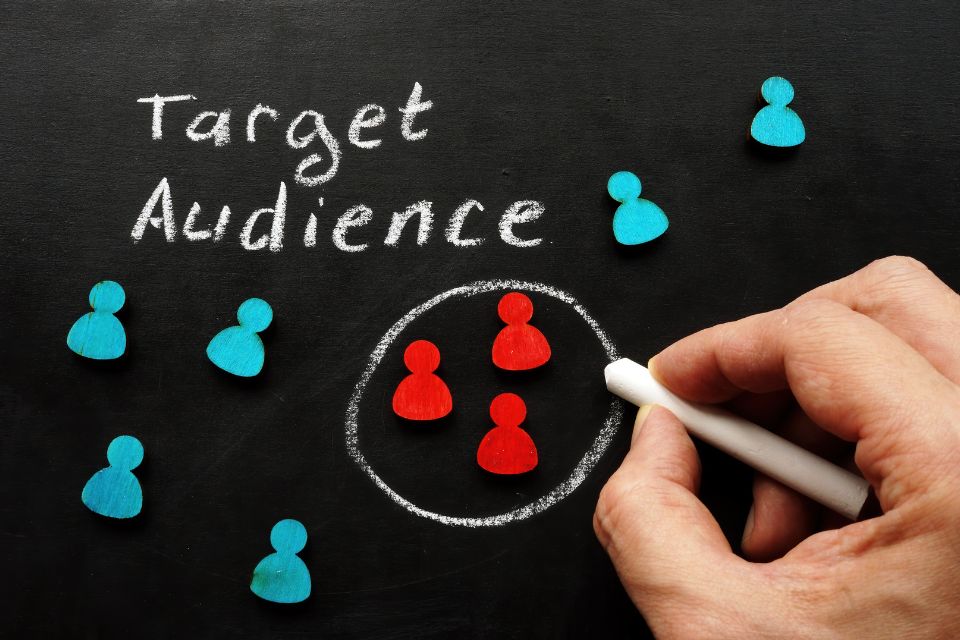Marketing spending in the United States is expected to cross 800 billion dollars in 2025, with B2C companies contributing 690 billion dollars and B2B firms adding 111 billion dollars. By 2028, this number is projected to go beyond 950 billion dollars. With so much money in play, getting the most out of every campaign is more important than ever.
But not every campaign brings in the results businesses expect. Many fail because they target the wrong audience, rely on guesswork, or lack clear goals. Poor timing, weak messaging, and ineffective channels also lead to wasted budgets and low returns.
This is where data-driven marketing makes a difference. By tracking customer behavior, analyzing trends, and adjusting strategies, businesses can improve ROI and make every dollar count. Instead of relying on assumptions, marketers can use real insights, such as those from a KPI Dashboard and reports, to refine campaigns and reach the right people at the right time.
In this guide, we will look at how to optimize marketing campaigns and explore strategies that help businesses get better results. So, without waiting any further, let’s get started.
What is Marketing Optimization?
Marketing optimization means improving your marketing efforts to get better results. It is about analyzing data and making changes based on what works best. By using the right tools and strategies, you can adjust your approach to match your business goals. This helps you reach the right audience, increase engagement, and make the most of your marketing efforts.
How Can You Optimize Your Marketing Campaigns?
Marketing works best when it is planned and adjusted based on what actually connects with your audience. Instead of just running campaigns and hoping for results, fine-tuning your approach can help you get better engagement, conversions, and overall business growth. Here are some ways to improve your marketing efforts.
1. Understand Your Audience and What They Want
Before putting out content, take time to study your audience. Look at their buying habits, interests, location, and how they engage with brands. Instead of treating all customers the same, divide them into groups based on things like past purchases or engagement levels. This helps in sending more personalized messages that actually connect with them.
For example, if a large part of your audience prefers watching videos over reading articles, shifting towards video content could make your campaigns more engaging. Understanding these details helps you make better decisions about how and where to communicate with your audience.
2. Improve Your Website’s Visibility with SEO
If people can’t find you online, they can’t buy from you. Search engine optimization (SEO) helps your website show up higher in search results. This means more visibility and more chances of attracting potential customers.
One way to do this is by using the right keywords. Find out what words people are typing into search engines when looking for products or services like yours. Include these keywords naturally in your website content. Another way is by getting other reputable websites to link to yours. Search engines see this as a sign that your content is valuable, which helps improve rankings. Lastly, keep your site updated with fresh content like blog posts, articles, or infographics to keep visitors engaged and boost your search ranking.
3. Test and Track What Works
Even small changes to your marketing materials can make a big difference. That’s why it’s important to test different versions of your ads, website pages, and emails.
Heat maps can help track where visitors click and how they interact with your site. If people are leaving a page too quickly, something might need fixing. A/B testing is another useful method. It involves creating two versions of a webpage or ad and seeing which one performs better. Maybe changing the color of a button or rewriting a headline leads to more clicks. Testing helps you figure out what works best so you can improve results.
4. Make Sure Your Creatives and Landing Page Stand Out
The way your ads and landing pages look and feel can determine whether visitors stay or leave. If your images, videos, and design are outdated or unappealing, people might not take action.
Make sure your landing pages are simple, clear, and match what the ad promises. A confusing or cluttered page can make visitors lose interest. Keep the design clean, use high-quality visuals, and include a strong call to action. Also, check that your page loads fast, especially on mobile devices. A slow-loading page can drive people away before they even see your message.
5. Use Multiple Platforms to Reach More People
People interact with brands in different ways. Some prefer emails, while others engage more on social media. Using multiple channels helps you connect with more potential customers.
Emails work well for keeping people informed about promotions, new products, or updates. Social media platforms like Instagram, LinkedIn, and Facebook help build relationships through posts, comments, and direct messages. Online ads allow you to target specific groups based on their interests and behaviors. The key is to figure out where your audience spends most of their time and adjust your strategy accordingly.
6. Measure Your Performance and Track Progress
To know if your marketing efforts are working, track important performance metrics. Use a KPI dashboard to monitor things like website traffic, conversion rates, and engagement levels. This helps you understand what’s working and what needs improvement.
Performance reports are also useful in making informed decisions. If a campaign isn’t bringing in results, reports help in identifying the weak spots. Visual tools like graphs and charts make it easier to communicate these insights to a marketing team or stakeholders, making adjustments more data-driven instead of relying on assumptions.
7. Focus on Conversions, Not Just Leads
Getting more visitors to your website is great, but not everyone will turn into a paying customer. Instead of just counting leads, focus on actual conversions.
Conversions can mean different things—signing up for a newsletter, downloading a free resource, or following your social media page. Even if a campaign doesn’t directly lead to a sale, it might still be valuable if it helps grow your audience or builds brand awareness. Looking at conversions rather than just leads gives a clearer picture of how well your marketing is actually working.
Closing Thoughts
These were seven ways to improve your marketing strategy. Applying these methods can help you refine your approach and achieve better results over time. Keep analyzing, testing, and making adjustments to stay ahead of the competition.

